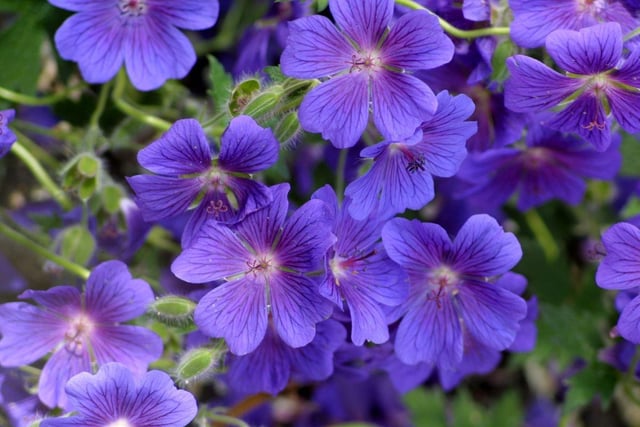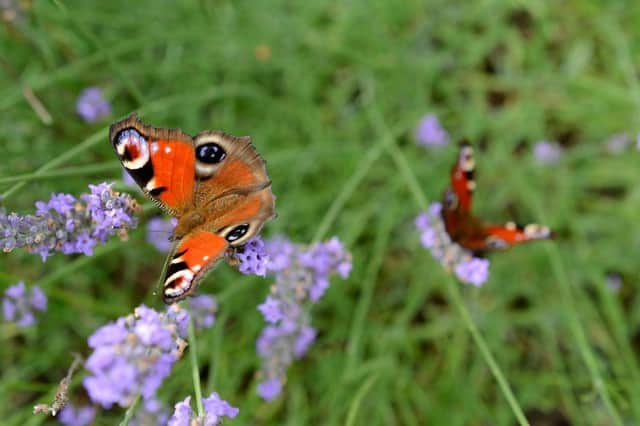UK gardens cover around 433,000 hectares of land – that’s nearly three times the size of Greater London and more than two and half times the area of all the RSPB’s nature reserves.
This means there is huge potential for us all to help nature at home – whether you have a garden, backyard, balcony or just a window box.
One way to help wildlife is to attract pollinating insects and other wildlife by filling your outdoors space with plants.
To give you a helping hand to make nature-friendly choices, new home builder David Wilson Homes have collaborated with the UK’s largest nature conservation charity, the RSPB, to create a list of bird and pollinator-friendly plants.
Nearly all these plants are perennials, meaning they come back year after year, blessing both your garden and visiting pollinators with plenty of fragrant, colourful flowers.

1. Marjoram
Popular with both bees and butterflies, you might also find marjoram labelled as Oregano. It grows to around 30 cm tall and forms a clump over time. In spring, make sure to cut back all the stems that flowered the previous year. Photo: Canva/Getty Images

2. Verbena bonariensis
Butterflies adore the lilac flowers that adorn the slender, wiry stems of verbena bonariensis. Leave the flower heads once finished as finches love to eat the seeds. Plus, any that fall to the ground may germinate, giving you new plants. In early spring, make sure to prune back to the base. Photo: Canva/Getty Images

3. Hardy Geraniums
With mounds of lovely leaves that grow to around 30-45 cm and hundreds of large flowers in blues, purples and pinks, hardy geraniums are perfect for attracting bumblebees. Look out for varieties including Geranium Rozanne, Geranium x magnificum and Geranium sanguineum. If you cut them back hard straight after flowering, your geraniums will happily grow back - and likely flower again. Photo: Canva/Getty Images

4. Catmint
Best kept away from feline friends who like to eat it before it has time to flower, you may find catmint labelled ‘Nepeta’. Two common varieties are Walker’s Low and Six Hills Giant. It grows to around 45 cm tall and forms a low, loose mound of foliage. Let your catmint flower in summer and then cut back to the base around July as it starts to become straggly. It will then sprout again from the base. Photo: Canva/Getty Images

